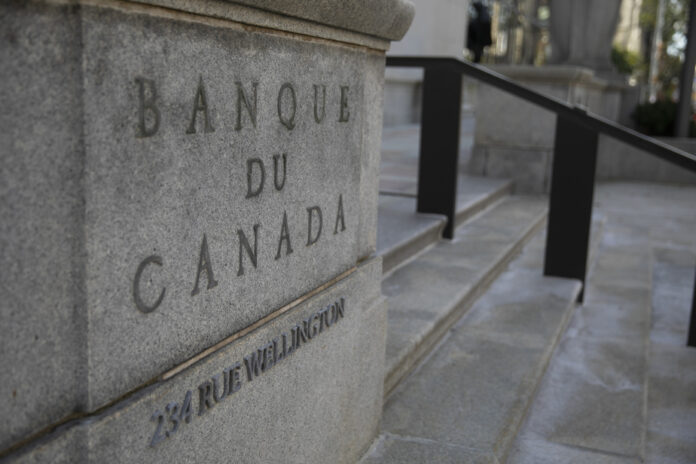The Bank of Canada is keeping its key rate at 5%, as was widely expected, because it wants to see inflation continue to fall sustainably before changing course.
The central bank maintains a hard line in its fight against inflation. “The governing council remains concerned about the risks surrounding the inflation outlook and remains ready to increase the policy rate again if necessary,” reaffirms the press release of its decision.
Several economists expected the bank to abandon the message that it remains ready to raise rates if necessary, which would have officially confirmed that the rise in the key rate is over and that an upcoming cut is now possible.
But the marked slowdown in the Canadian economy makes a further increase in the key rate unlikely. “Higher interest rates are clearly curbing spending, recognize the monetary authorities, and the unemployment rate has risen a little.”
The Bank of Canada continues to be concerned about wage increases, which remain at 4% to 5%, inconsistent with its goal of bringing inflation back to its 2% target.
The bank nevertheless notes that the pressure on prices is decreasing. The inflation rate slowed to 3.1% in October, and other measures of inflation that the Bank of Canada monitors also show signs of slowing price increases. “Overall, these data and indicators for the fourth quarter suggest that the economy is no longer in a situation of excess demand,” concludes the central bank.
While the rise in the key rate appears to be over, bets remain on when they could start to fall. Economists are divided on the question. Some believe Canada’s weak economy favors an earlier interest rate cut in early 2024, while others believe the Bank of Canada could leave its benchmark rate at 5% for longer long to ensure that inflation was controlled.
The next decision is scheduled for January 24. It will be accompanied by the Monetary Policy Report, which will update the Bank of Canada’s economic forecasts.















